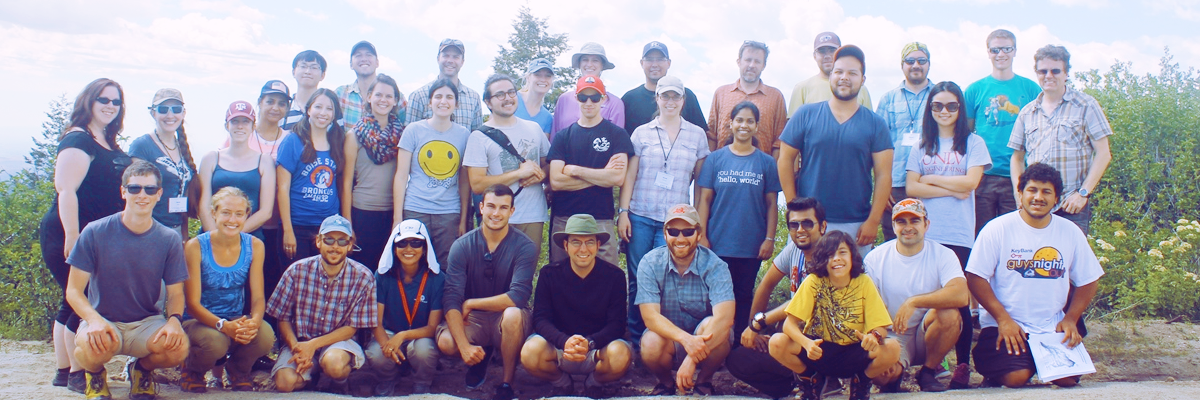NEWS
WC-WAVE Interdisciplinary Graduate Summer Course

In early June, Laurel Saito of the University of Nevada, Reno spearheaded the WC-WAVE Interdisciplinary Modeling Course in Boise, Idaho. Boise State University welcomed students from Idaho, Nevada, and New Mexico for the course that was funded by the WC-WAVE grant. Boise State has a full report of the course up on their website—the following is an excerpt from that report, written by Kathleen Tuck.
A biologist, a geologist and a sociologist walk onto a sandbar. One turns to the others and says … well, it may not really matter what they say. Because despite their considerable expertise, researchers often have trouble communicating effectively across disciplines, especially when it comes to how data and models are prepared, interpreted and presented.
An intensive two-week interdisciplinary modeling course wrapping up this week at Boise State University aims to change that.
Funded by a National Science Foundation EPSCoR grant, the Western Consortium for Watershed Analysis, Visualization and Exploration (WC-WAVE) project has brought together faculty and graduate students from across disciplines and institutions throughout Idaho, Nevada and New Mexico. Participants have been meeting from 8 a.m.-5 p.m. every day, including weekends.
The class was designed and coordinated by Laurel Saito from the University of Nevada, Reno. Boise State faculty and staff offering assistance include Lejo Flores and Jim McNamara, geosciences; Stephen Crowley, philosophy; Ben Pauli, biological sciences; and Josh Johnston, Division of Research and Economic Development. Graduate student Kimberley Corwin (geosciences) is serving as a teaching assistant, playing a key logistical role in assembling instructional materials and transporting participating faculty to and from the airport.
Under the broader umbrella of managing complex water systems, participants are exploring topics including hydrology, ecology, data science, visualization and fish biology. Each also is involved with a group project focusing on some aspect of aquatic ecosystems and involving colleagues from other universities and disciplines.
Projects involve creating models based on Treasure Valley population changes and water management, northern Idaho fisheries and climate change, New Mexico’s acequias (community-operated irrigation projects dating from colonial Spanish times), and more. Many projects have cultural and social dimensions that cannot be ignored in modeling.
For the whole report and more pictures, visit Boise State University's website.

